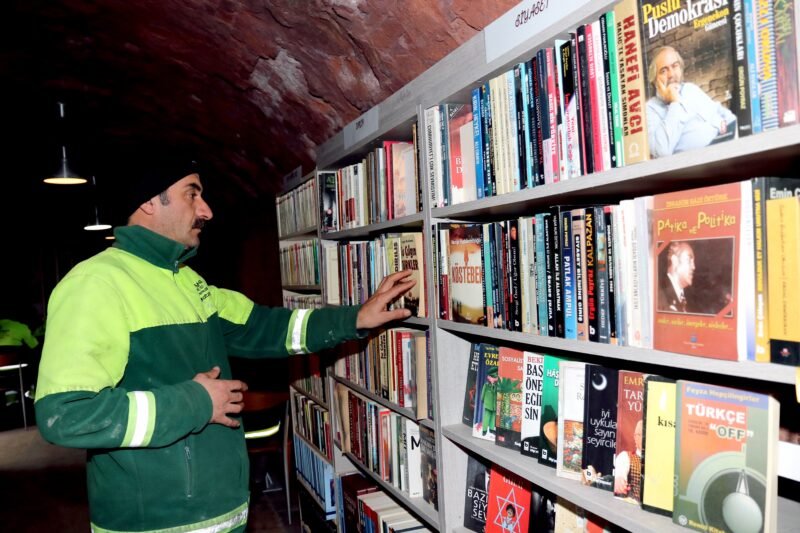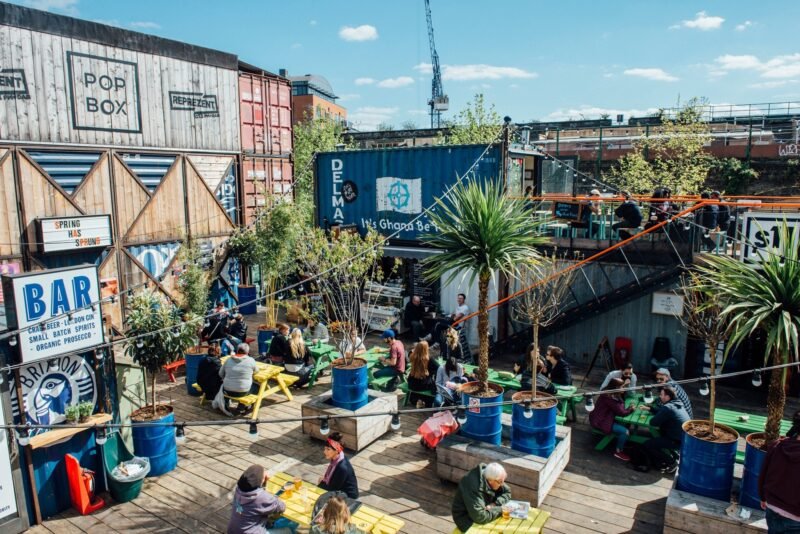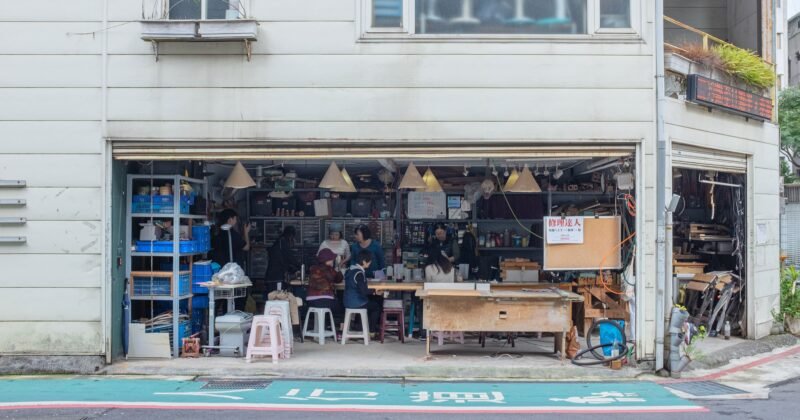BlockChalk: Forget About The Neighborhood

BlockChalk is a new locative media tool made by former Delicious people Stephen Hood and Dave Baggeroer. BlockChalk is available for different smartphones and meant, according to its makers, to be “the voice of your neighborhood”. BlockChalk essentially enables us to correspond with strangers that are close-by. The GPS-based app enables users to leave notes, or ‘chalks’, about what’s going on at a certain location. Users can then reply to other users’ chalks.
“Use your mobile phone to leave messages on your block, your street, at the coffee shop, or anywhere you happen to be. Respond privately or publicly to messages from people in your neighborhood. It’s easy: you don’t even have to sign up.”
Interesting about BlockChalk is that it allows its users to connect with people that are close-by at a specific moment. The app, that recently launched an API for developers, works well and enables push messages, which is necessary for these kinds of applications. As I’m one of the first four users in Amsterdam I can’t really report about interesting conversations on this platform, but there are some great ‘Chalk talks’ going on in New York City and Los Angeles.
Although BlockChalk pretends to be a neighborhood app, the whole idea essentially has nothing to do with neighborhoods. To the contrary, if BlockChalk is to become a huge communication platform (which as always depends on a ‘critical mass’ of users), it will be used to redefine the neighborhood from a static into a flexible concept. A neighborhood is about the coincidence of people living together within a certain spatial area (static). BlockChalk deals with the coincidence of people sharing position at a certain moment (flexible). The new BlockChalk-based neighborhood refreshes each minute and has boundaries based on GPS reach, not on administrative borders. BlockChalk will open doors for location-based communication within certain ‘interest groups’ as well as for very temporary messages and calls such as “Who can help starting my car?”. The importance of these kinds of messages does not depend on neighborhoods (implying local community sense), but on geographical positions at a certain moment. Therefore I think it’s a waste to combine this potentially great application with the concept of ‘neighborhood’. BlockChalk goes beyond that, as soon as users and makers understand its real potential. And as soon as people start using it.
In addition, it’s interesting how VentureBeat compares BlockChalk with other efforts to stimulate communication and cohesion within local communities. More specifically, the anology with the early ‘notificator’ is brilliant.




